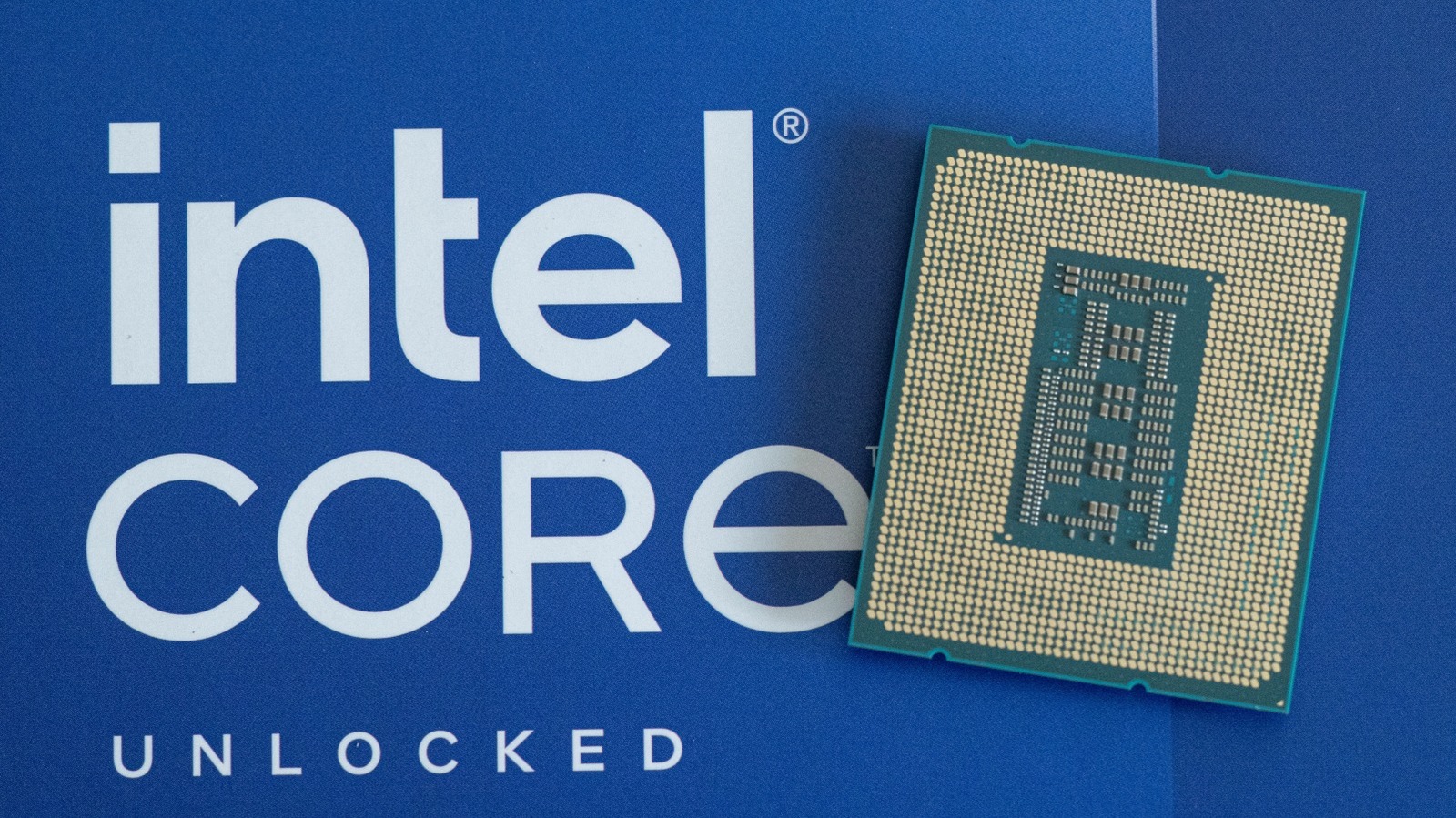The 7 Dumbest Ways Small Businesses Get Hacked (And How to Avoid Them)
Small businesses have become prime targets for cybercriminals. Over 40% of cyberattacks now target small businesses, yet many remain woefully unprepared. Hackers aren't always using sophisticated techniques - they're simply exploiting embarrassingly common mistakes that could easily be avoided. Let's dive into the seven most ridiculous ways small businesses get hacked, and most importantly, how you can protect yourself. Using Weak or Default Passwords The Mistake: The most facepalm-worthy security blunder is using passwords like "password123" or "admin." Even worse, many small businesses never change the default passwords on their routers, printers, and other devices. Why Hackers Love It: Password cracking tools can break simple passwords in seconds. Default credentials are publicly available in device manuals that anyone can download. The Solution: Implement strong password policies requiring at least 12 characters with a mix of letters, numbers, and symbols. Use a business password manager to generate and store unique passwords for all accounts. Most importantly, change ALL default passwords immediately when setting up new equipment. Want a comprehensive system to manage your passwords and other critical security protocols? Check out my "The No-BS 5-Step Guide to Securing Your Small Business" available on Gumroad. It includes a comprehensive guide to how you can protect your business. Neglecting Software Updates The Mistake: Postponing those pesky update notifications because "everything is working fine" or "we're too busy right now." This procrastination creates massive security holes that hackers actively search for. Why Hackers Love It: Software updates contain security patches for known vulnerabilities. When you delay updates, you're essentially leaving your digital doors unlocked. The Solution: Enable automatic updates whenever possible and create a monthly update schedule for software that requires manual updates. Assign specific responsibility for ensuring updates are completed, and document the process. Falling for Phishing Scams The Mistake: Clicking suspicious links, opening unexpected attachments, or providing sensitive information in response to emails that appear legitimate. This human error remains the leading cause of successful breaches in small businesses. Why Hackers Love It: Phishing remains one of the most successful attack vectors because it exploits psychology rather than technical vulnerabilities. One careless click can bypass all your technical defenses. The Solution: Train employees regularly on how to identify phishing red flags like urgent requests, spelling errors, and suspicious sender addresses. Implement email filtering solutions and establish clear procedures for verifying requests for sensitive information. Lacking Multi-Factor Authentication The Mistake: Relying solely on passwords for account access, especially for critical systems like banking, email, and cloud services. This single-layer protection is like securing your house with only a screen door. Why Hackers Love It: Once a password is compromised, there's nothing standing between the attacker and your valuable data. The Solution: Enable multi-factor authentication (MFA) on all business accounts. This adds a second verification step - typically a temporary code sent to a mobile device - making it significantly harder for hackers to gain access. For more daily or weekly insights on protecting your business from emerging cyber threats, subscribe to my AzizOnTech Substack where I break down complex security concepts into actionable advice for small business owners, talk about tech trends and discuss software engineering topics. Using Unsecured Wi-Fi Networks The Mistake: Operating an unsecured office Wi-Fi network or allowing employees to conduct business on public Wi-Fi without protection. This wireless vulnerability creates an open invitation for nearby hackers. Why Hackers Love It: Unsecured networks allow attackers to intercept data, steal credentials, or even inject malware into devices. The Solution: Secure your office Wi-Fi with WPA3 encryption and a strong, regularly updated password. Create a separate guest network for visitors that doesn't have access to your business systems, and require employees to use a VPN when working remotely. Having No Backup Strategy The Mistake: Failing to regularly back up critical business data, or storing backups in the same location as the original data. This failure to prepare can turn a minor incident into a business-ending catastrophe. Why Hackers Love It: Without proper backups, ransomware attacks become devastating. Hackers know many small businesses will pay the ransom when faced with permanent data loss. The Solution: Implement the 3–2–1 backup rule: maintain three copies of important data, on two different types of storage media, with one copy stored off-site. Test your backups regularly to

Small businesses have become prime targets for cybercriminals. Over 40% of cyberattacks now target small businesses, yet many
remain woefully unprepared.
Hackers aren't always using sophisticated techniques - they're simply exploiting embarrassingly common mistakes that could easily be avoided.
Let's dive into the seven most ridiculous ways small businesses get hacked, and most importantly, how you can protect yourself.
Using Weak or Default Passwords
The Mistake: The most facepalm-worthy security blunder is using passwords like "password123" or "admin."
Even worse, many small businesses never change the default passwords on their routers, printers, and other devices.
Why Hackers Love It: Password cracking tools can break simple passwords in seconds. Default credentials are publicly available in device manuals that anyone can download.
The Solution: Implement strong password policies requiring at least 12 characters with a mix of letters, numbers, and symbols.
Use a business password manager to generate and store unique passwords for all accounts.
Most importantly, change ALL default passwords immediately when setting up new equipment.
Want a comprehensive system to manage your passwords and other critical security protocols? Check out my "The No-BS 5-Step Guide to Securing Your Small Business" available on Gumroad. It includes a comprehensive guide to how you can protect your business.
Neglecting Software Updates
The Mistake: Postponing those pesky update notifications because "everything is working fine" or "we're too busy right now."
This procrastination creates massive security holes that hackers actively search for.
Why Hackers Love It: Software updates contain security patches for known vulnerabilities. When you delay updates, you're essentially leaving your digital doors unlocked.
The Solution: Enable automatic updates whenever possible and create a monthly update schedule for software that requires manual updates.
Assign specific responsibility for ensuring updates are completed, and document the process.
Falling for Phishing Scams
The Mistake: Clicking suspicious links, opening unexpected attachments, or providing sensitive information in response to emails that appear legitimate.
This human error remains the leading cause of successful breaches in small businesses.
Why Hackers Love It: Phishing remains one of the most successful attack vectors because it exploits psychology rather than technical vulnerabilities.
One careless click can bypass all your technical defenses.
The Solution: Train employees regularly on how to identify phishing red flags like urgent requests, spelling errors, and suspicious sender addresses.
Implement email filtering solutions and establish clear procedures for verifying requests for sensitive information.
Lacking Multi-Factor Authentication
The Mistake: Relying solely on passwords for account access, especially for critical systems like banking, email, and cloud services.
This single-layer protection is like securing your house with only a screen door.
Why Hackers Love It: Once a password is compromised, there's nothing standing between the attacker and your valuable data.
The Solution: Enable multi-factor authentication (MFA) on all business accounts.
This adds a second verification step - typically a temporary code sent to a mobile device - making it significantly harder for hackers to gain access.
For more daily or weekly insights on protecting your business from emerging cyber threats, subscribe to my AzizOnTech Substack where I break down complex security concepts into actionable advice for small business owners, talk about tech trends and discuss software engineering topics.
Using Unsecured Wi-Fi Networks
The Mistake: Operating an unsecured office Wi-Fi network or allowing employees to conduct business on public Wi-Fi without protection.
This wireless vulnerability creates an open invitation for nearby hackers.
Why Hackers Love It: Unsecured networks allow attackers to intercept data, steal credentials, or even inject malware into devices.
The Solution: Secure your office Wi-Fi with WPA3 encryption and a strong, regularly updated password.
Create a separate guest network for visitors that doesn't have access to your business systems, and require employees to use a VPN when working remotely.
Having No Backup Strategy
The Mistake: Failing to regularly back up critical business data, or storing backups in the same location as the original data.
This failure to prepare can turn a minor incident into a business-ending catastrophe.
Why Hackers Love It: Without proper backups, ransomware attacks become devastating. Hackers know many small businesses will pay the ransom when faced with permanent data loss.
The Solution: Implement the 3–2–1 backup rule: maintain three copies of important data, on two different types of storage media, with one copy stored off-site.
Test your backups regularly to ensure they can be successfully restored under pressure.
Giving Everyone Admin Access
The Mistake: Providing administrative privileges to all employees on company computers and network systems.
This excessive access dramatically increases your attack surface.
Why Hackers Love It: Admin access means that if any employee's account is compromised, the hacker gains extensive control over your systems.
The Solution: Apply the principle of least privilege - give employees access only to the systems and data they need for their specific job functions.
Reserve administrative privileges for IT personnel only, and use separate admin accounts exclusively for system management tasks.
Taking Action
The good news? All these mistakes are preventable with basic planning and minimal investment.
You don't need an enterprise security budget to implement solid protection against most common attacks.
If you're ready to get serious about your business security but don't have time for complicated solutions, my "The No-BS 5-Step Guide to Securing Your Small Business" provides a straightforward roadmap anyone can follow. This digital guide contains everything you need to strengthen your security posture immediately - no technical background required.
Remember, cybersecurity doesn't have to be complicated or expensive. Often, it's the simple steps that make the biggest difference.
By addressing these common vulnerabilities, you'll eliminate the low-hanging fruit that hackers love to exploit, making your business a significantly harder target.
_Olekcii_Mach_Alamy.jpg?width=1280&auto=webp&quality=80&disable=upscale#)

































































![Most iPhones Sold in the U.S. Will Be Made in India by 2026 [Report]](https://www.iclarified.com/images/news/97130/97130/97130-640.jpg)

![Apple to Shift Robotics Unit From AI Division to Hardware Engineering [Report]](https://www.iclarified.com/images/news/97128/97128/97128-640.jpg)
![Apple Shares New Ad for iPhone 16: 'Trust Issues' [Video]](https://www.iclarified.com/images/news/97125/97125/97125-640.jpg)





























































































































































































![[The AI Show Episode 144]: ChatGPT’s New Memory, Shopify CEO’s Leaked “AI First” Memo, Google Cloud Next Releases, o3 and o4-mini Coming Soon & Llama 4’s Rocky Launch](https://www.marketingaiinstitute.com/hubfs/ep%20144%20cover.png)

































































































































































































































.jpg?width=1920&height=1920&fit=bounds&quality=70&format=jpg&auto=webp#)








